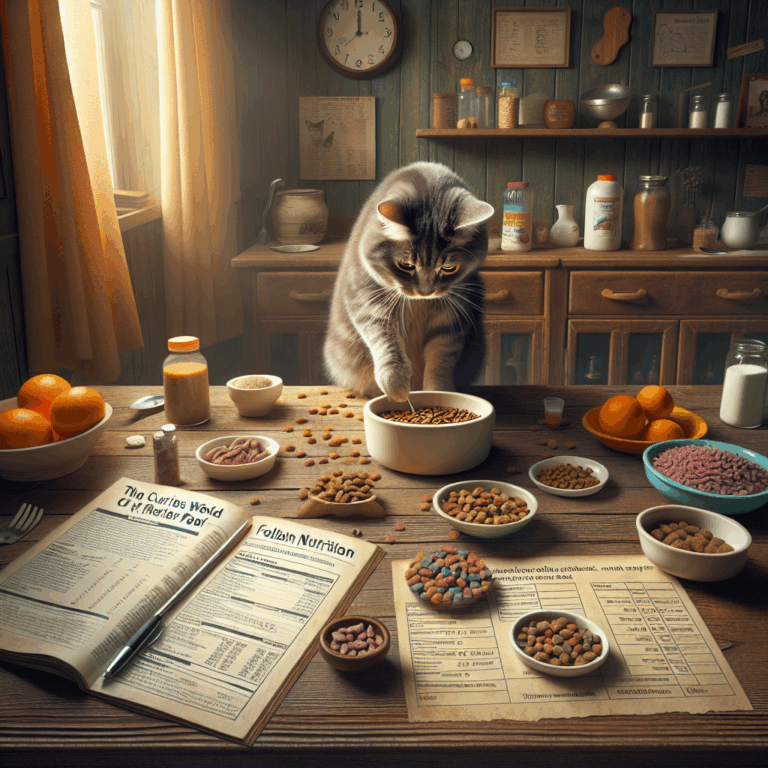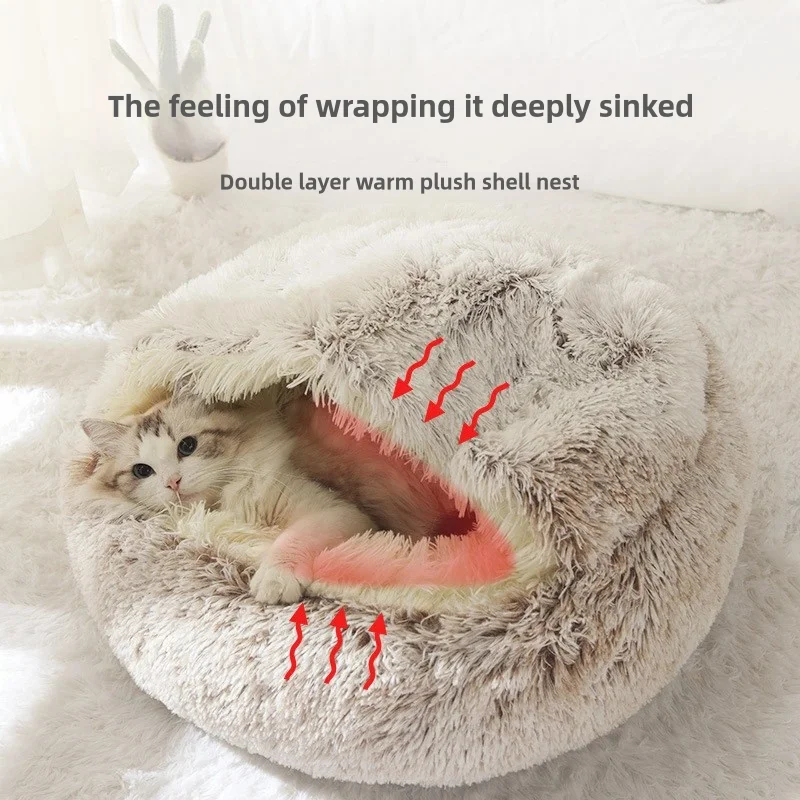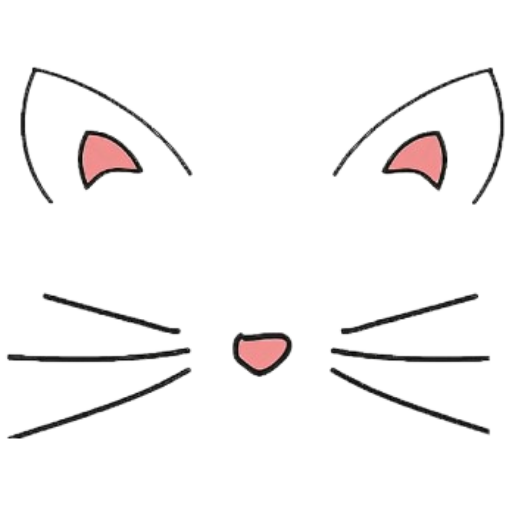The Curious World of Feline Nutrition: Unpacking What’s in Your Cat’s Bowl
- 2 Comments
As pet ownership continues to rise globally, the focus on what we feed our furry companions has never been more scrutinized. Cats, in particular, have unique dietary needs that set them apart from other domesticated animals, and understanding these needs is crucial for their health and longevity. This article delves into the sometimes perplexing world of feline nutrition, exploring what exactly goes into their bowls and why it matters.
Cats are obligate carnivores, meaning their diet requires nutrients that are primarily found in animal flesh. Unlike dogs, cats cannot thrive on a vegetarian diet and must consume meat to obtain essential nutrients such as taurine, arachidonic acid, and vitamin A. The absence of these nutrients can lead to severe health issues, including heart disease, vision problems, and a weakened immune system. This fundamental dietary requirement shapes the commercial cat food industry, where manufacturers strive to balance palatability with nutritional completeness.
In recent years, there has been a marked shift towards premium and specialty cat foods, with an increasing number of pet owners opting for raw or grain-free diets. These diets are marketed as being closer to what cats would eat in the wild, with proponents claiming they lead to shinier coats, healthier teeth, and increased energy levels. However, these claims are not without controversy. Veterinarians and pet nutritionists caution that without proper formulation, these diets can lead to nutritional imbalances. For example, raw diets, if not handled correctly, pose the risk of bacterial contamination, which can be harmful to both cats and their human companions.
Another significant trend is the rise of customized cat diets. Companies are now offering personalized meal plans based on a cat’s age, weight, breed, and health status. This bespoke approach aims to address specific health concerns, from obesity and urinary tract issues to food allergies and gastrointestinal sensitivities. While these tailored diets offer a promising solution for managing chronic conditions, their effectiveness compared to traditional commercial diets is still being studied.
Sustainability is also playing an ever-growing role in the conversation about pet food. With an increasing awareness of the environmental impact of meat production, some companies are exploring alternative protein sources. Insect-based cat foods, for example, are emerging as a sustainable option, boasting high protein content and a much lower carbon footprint than traditional meat sources. However, acceptance among pet owners remains varied, as many are hesitant to introduce such novel ingredients into their pets’ diets.
The impact of nutrition on feline behavior and cognition is another area of growing interest. Recent studies suggest that certain nutrients can influence a cat’s mood and cognitive function. Omega-3 fatty acids, found in fish oils, have been shown to support brain health, while B vitamins play a role in stress management. As research in this area advances, it’s possible that dietary adjustments could become a standard part of behavioral therapies for cats exhibiting anxiety or aggression.
Understanding what goes into your cat’s bowl is more than just about ensuring they have a full belly. It’s about optimizing their health, supporting their natural instincts, and contributing to their overall well-being. As science continues to uncover the complexities of feline nutrition, pet owners are empowered with more choices than ever before. However, with these choices comes the responsibility to research and consult with veterinary professionals to determine the best dietary plan for their feline friends.

As pet ownership continues to rise globally, the focus on what we feed our furry companions has never been more scrutinized. Cats, in particular, have unique dietary needs that set them apart from other domesticated animals, and understanding these needs is crucial for their health and longevity. This article delves into the sometimes perplexing world of feline nutrition, exploring what exactly goes into their bowls and why it matters.
Cats are obligate carnivores, meaning their diet requires nutrients that are primarily found in animal flesh. Unlike dogs, cats cannot thrive on a vegetarian diet and must consume meat to obtain essential nutrients such as taurine, arachidonic acid, and vitamin A. The absence of these nutrients can lead to severe health issues, including heart disease, vision problems, and a weakened immune system. This fundamental dietary requirement shapes the commercial cat food industry, where manufacturers strive to balance palatability with nutritional completeness.
In recent years, there has been a marked shift towards premium and specialty cat foods, with an increasing number of pet owners opting for raw or grain-free diets. These diets are marketed as being closer to what cats would eat in the wild, with proponents claiming they lead to shinier coats, healthier teeth, and increased energy levels. However, these claims are not without controversy. Veterinarians and pet nutritionists caution that without proper formulation, these diets can lead to nutritional imbalances. For example, raw diets, if not handled correctly, pose the risk of bacterial contamination, which can be harmful to both cats and their human companions.
Another significant trend is the rise of customized cat diets. Companies are now offering personalized meal plans based on a cat’s age, weight, breed, and health status. This bespoke approach aims to address specific health concerns, from obesity and urinary tract issues to food allergies and gastrointestinal sensitivities. While these tailored diets offer a promising solution for managing chronic conditions, their effectiveness compared to traditional commercial diets is still being studied.
Sustainability is also playing an ever-growing role in the conversation about pet food. With an increasing awareness of the environmental impact of meat production, some companies are exploring alternative protein sources. Insect-based cat foods, for example, are emerging as a sustainable option, boasting high protein content and a much lower carbon footprint than traditional meat sources. However, acceptance among pet owners remains varied, as many are hesitant to introduce such novel ingredients into their pets’ diets.
The impact of nutrition on feline behavior and cognition is another area of growing interest. Recent studies suggest that certain nutrients can influence a cat’s mood and cognitive function. Omega-3 fatty acids, found in fish oils, have been shown to support brain health, while B vitamins play a role in stress management. As research in this area advances, it’s possible that dietary adjustments could become a standard part of behavioral therapies for cats exhibiting anxiety or aggression.
Understanding what goes into your cat’s bowl is more than just about ensuring they have a full belly. It’s about optimizing their health, supporting their natural instincts, and contributing to their overall well-being. As science continues to uncover the complexities of feline nutrition, pet owners are empowered with more choices than ever before. However, with these choices comes the responsibility to research and consult with veterinary professionals to determine the best dietary plan for their feline friends.



2 thoughts on “The Curious World of Feline Nutrition: Unpacking What’s in Your Cat’s Bowl”
This article offers valuable insights into the intricacies of cat nutrition, helping pet owners make informed decisions for their feline companions.
While the article provides a general overview of cat nutrition, it lacks depth in addressing the scientific evidence behind various dietary trends. More detailed analysis and expert opinions would enhance its usefulness for pet owners seeking to make truly informed decisions.